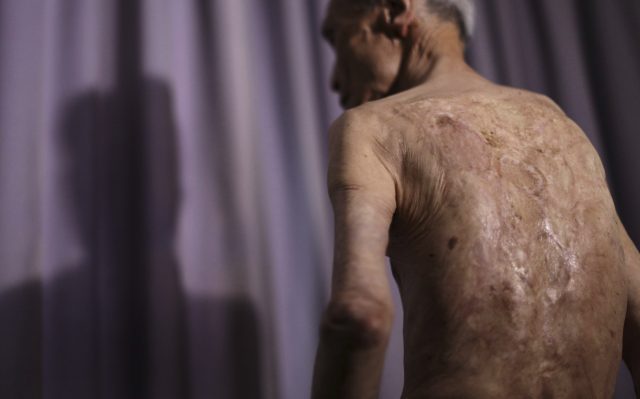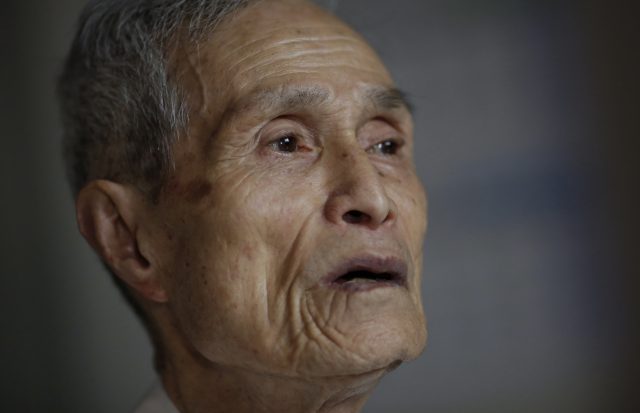
Sumiteru Taniguchi, who devoted his life to seeking to abolish nuclear weapons after he was severely burned in the 1945 atomic bomb attack on his home town of Nagasaki, has died aged 88.
He died in hospital in Nagasaki of cancer of the duodenal papilla, the point where the pancreatic and bile ducts meet, according to the Japan Confederation of A- and H-Bomb Sufferers Organisation.
Mr Taniguchi was 16 and working as a postman on August 9 1945 when a US atomic bomb was dropped on the city. The blast 1.1 miles (1.8km) away threw him off his bicycle, almost killing him.

The Nagasaki attack killed more than 70,000 people. The bombing of Hiroshima three days earlier killed an estimated 140,000.
Mr Taniguchi could only lie on his stomach for nearly two years as he was treated for the burns that exposed flesh and bones. He later formed a survivors’ group and subsequently led a national effort against nuclear proliferation.
In an interview with the Associated Press two years ago, he peeled his undershirt off to show his scars, to describe his painful past and tell the world the tragedy should never be repeated.

He said he wanted no one else to have to suffer the pain of nuclear weapons.
His health declined in the last few years from age and illnesses.
In a video message in July, Mr Taniguchi welcomed the UN nuclear weapons prohibition treaty, but expressed concerns about the declining population of the survivors, known in Japan as hibakusha.
“I wonder what the world will be like when it loses the last atomic bombing survivor,” he said.

Enjoy the convenience of having The Sunday Post delivered as a digital ePaper straight to your smartphone, tablet or computer.
Subscribe for only £5.49 a month and enjoy all the benefits of the printed paper as a digital replica.
Subscribe